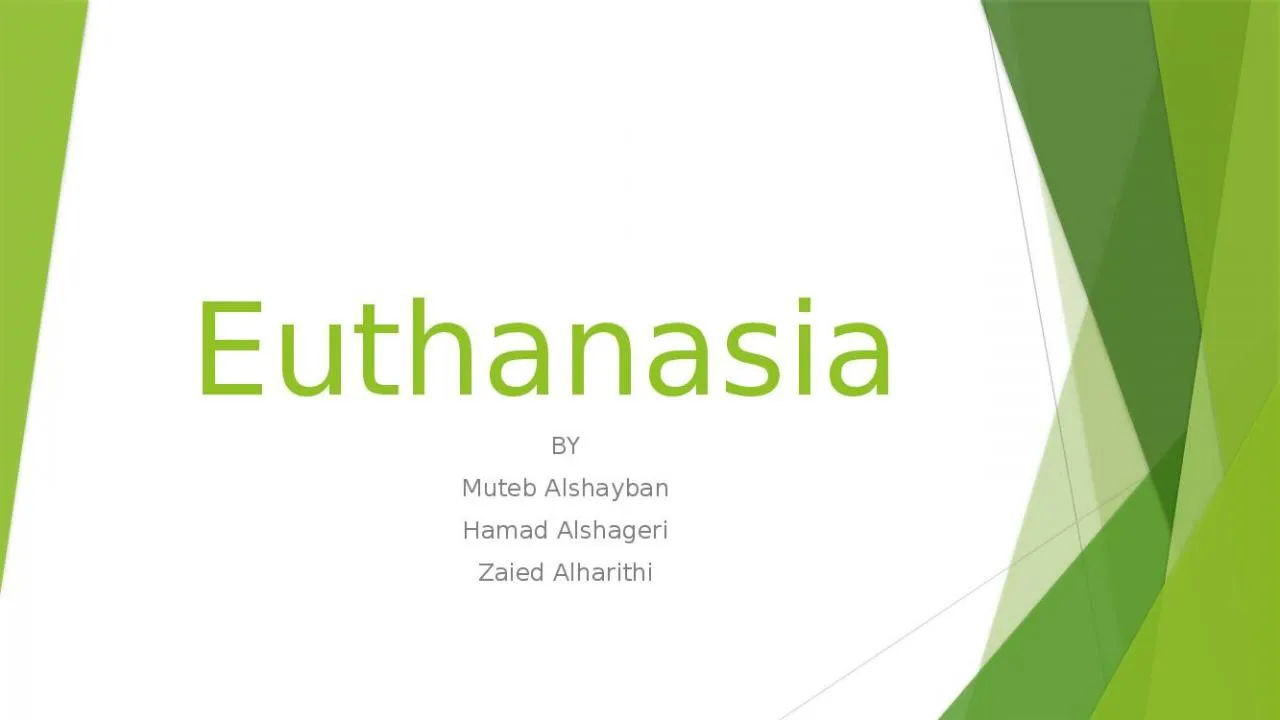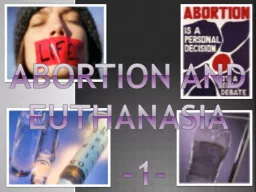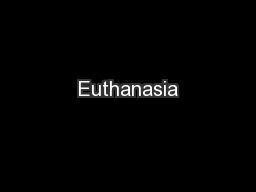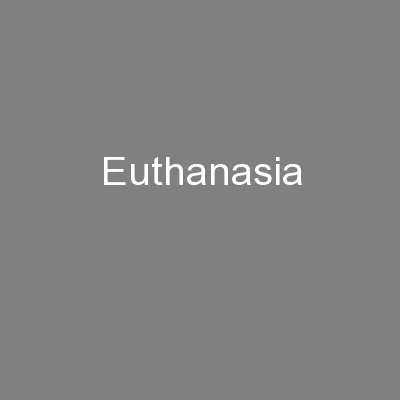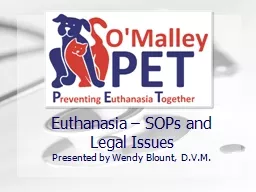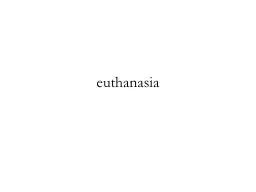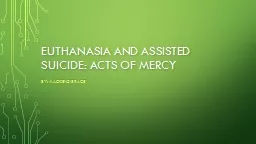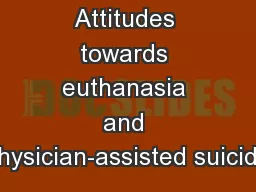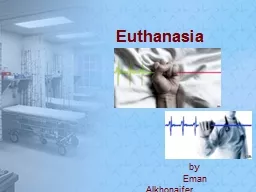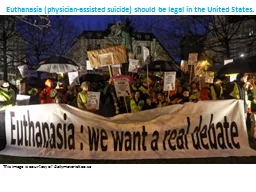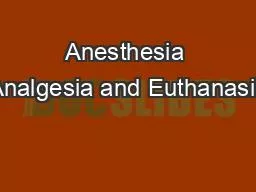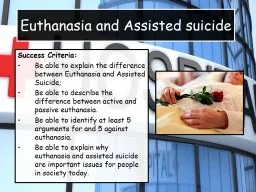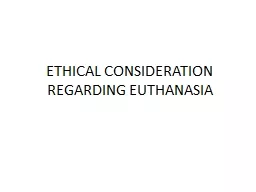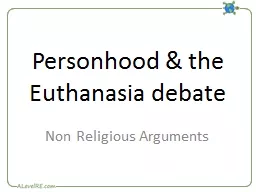PPT-Euthanasia BY Muteb Alshayban
Author : evelyn | Published Date : 2022-02-10
Hamad Alshageri Zaied Alharithi Out Line Introduction Type of Euthanasia Methods of Euthanasia Conditions make patients to seek euthanasia Reasons Pros and
Presentation Embed Code
Download Presentation
Download Presentation The PPT/PDF document "Euthanasia BY Muteb Alshayban" is the property of its rightful owner. Permission is granted to download and print the materials on this website for personal, non-commercial use only, and to display it on your personal computer provided you do not modify the materials and that you retain all copyright notices contained in the materials. By downloading content from our website, you accept the terms of this agreement.
Euthanasia BY Muteb Alshayban: Transcript
Download Rules Of Document
"Euthanasia BY Muteb Alshayban"The content belongs to its owner. You may download and print it for personal use, without modification, and keep all copyright notices. By downloading, you agree to these terms.
Related Documents

